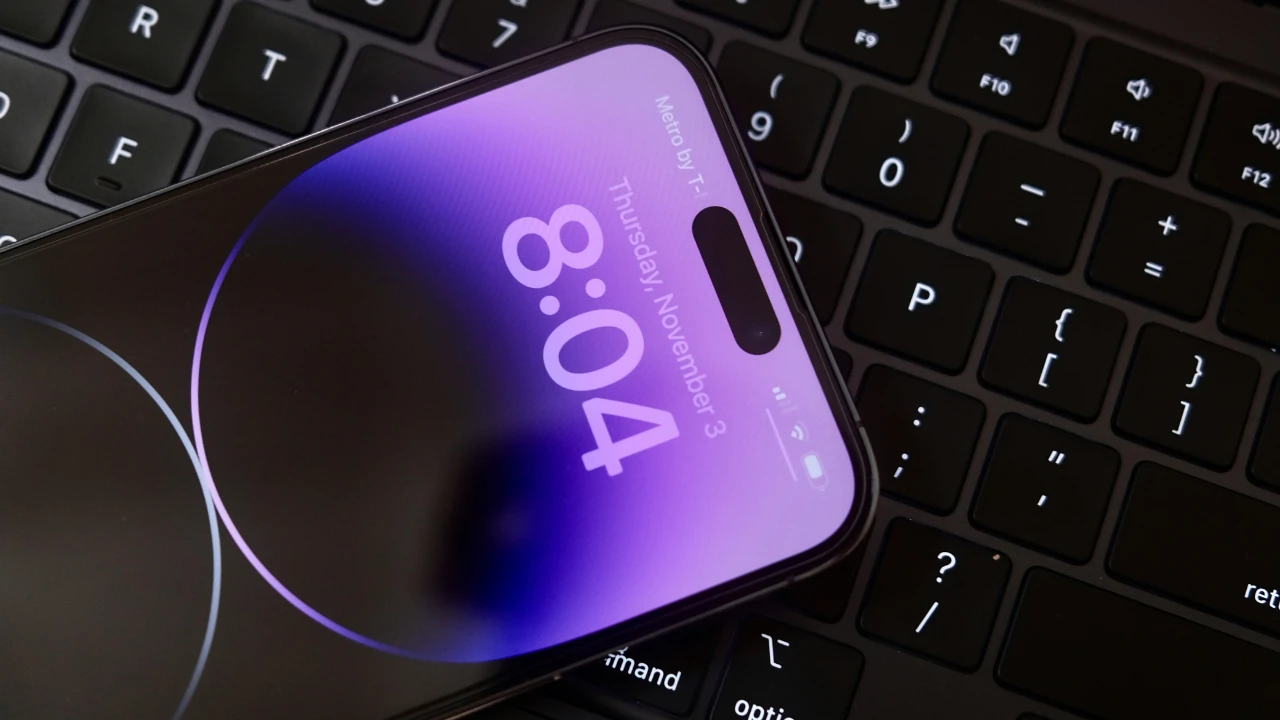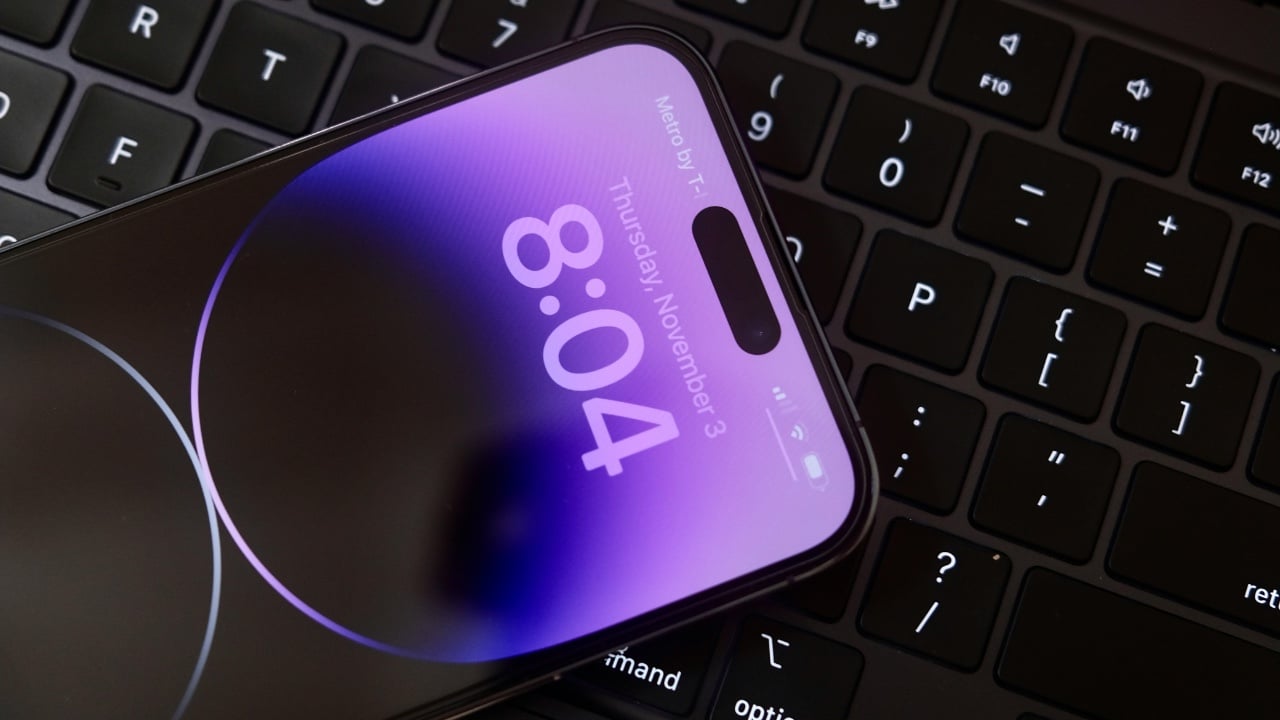
This guide is designed to show you how to turn off AirDrop on the iPhone, iPad and Mac. AirDrop, Apple’s seamless solution for wirelessly sharing content across its devices, stands as a hallmark of convenience and efficiency. Whether it’s photos, videos, documents, or more, AirDrop simplifies the process of transferring files between nearby iPhones, iPads, and Macs. However, there are instances when you might prefer to disable this feature. From conserving battery life to enhancing your device’s security and minimizing distractions, turning off AirDrop can be beneficial for a variety of reasons.
Why Disabling AirDrop Can Be a Good Idea
- Battery Preservation: AirDrop operates using Bluetooth and Wi-Fi. Keeping it active can marginally increase your device’s battery consumption.
- Enhanced Security: Despite AirDrop’s robust security measures, an always-on setting could inadvertently open the door to unwelcome file transfers.
- Reduced Distractions: Unsolicited AirDrop requests can interrupt your focus, especially when they come unexpectedly.
Disabling AirDrop on iOS Devices
Turning off AirDrop on your iPhone or iPad can be accomplished through a couple of straightforward methods:
Using Control Center:
- Swipe down from the top-right corner of the screen (or up from the bottom if you’re using an older iPhone model with a Home button) to reveal the Control Center.
- Press and hold the connectivity panel, where icons for Wi-Fi, Bluetooth, and Airplane Mode are located.
- Tap on “AirDrop” and then select “Receiving Off” to turn off AirDrop.
Via Settings:
- Navigate to “Settings” on your device.
- Tap “General” and then “AirDrop.”
- Select “Receiving Off” to disable AirDrop.
Turning Off AirDrop on Mac
Disabling AirDrop on a Mac is just as simple and can be done in two different ways:
Through Control Center:
- Click on the Control Center icon, represented by two toggle switches, in the top-right corner of your Mac’s menu bar.
- Select “AirDrop” and then opt for “No One” to turn off the feature.
Using Finder:
- Open a Finder window and select “AirDrop” from the sidebar.
- At the bottom of the AirDrop window, click on “Allow me to be discovered by” and choose “No One.”
Reactivating AirDrop
Should you decide to enable AirDrop again, the process is straightforward. Simply reverse the steps mentioned above but choose either “Contacts Only” or “Everyone” based on your preference for who can see your device for AirDrop transfers.
Important Considerations:
- If you notice AirDrop settings reverting to “Everyone,” it might be due to Screen Time restrictions. Access Settings > Screen Time > Content & Privacy Restrictions > Allowed Apps to adjust this setting.
- Compatibility with AirDrop and the methods to enable or disable it may vary depending on your device and its operating system version.
Whether you’re looking to save battery, safeguard your privacy, or simply focus without interruptions, managing AirDrop’s settings can contribute significantly to your digital well-being. While AirDrop offers a swift and secure way to share files across Apple devices, understanding how to control its functionality ensures you can tailor your device’s behavior to suit your needs.
You will be pleased to know that Apple has designed AirDrop with user convenience in mind, offering flexibility in how and when you share your files. If you’re wondering how to adjust AirDrop settings for a specific scenario or device, these instructions provide a solid foundation, ensuring you can enjoy the benefits of AirDrop on your terms. You can find out more details about changing your AirDrop settings over at Apple’s website.
Image Credit: Lucas Hoang
Filed Under: Apple, Apple iPhone, Guides
Latest timeswonderful Deals
Disclosure: Some of our articles include affiliate links. If you buy something through one of these links, timeswonderful may earn an affiliate commission. Learn about our Disclosure Policy.

